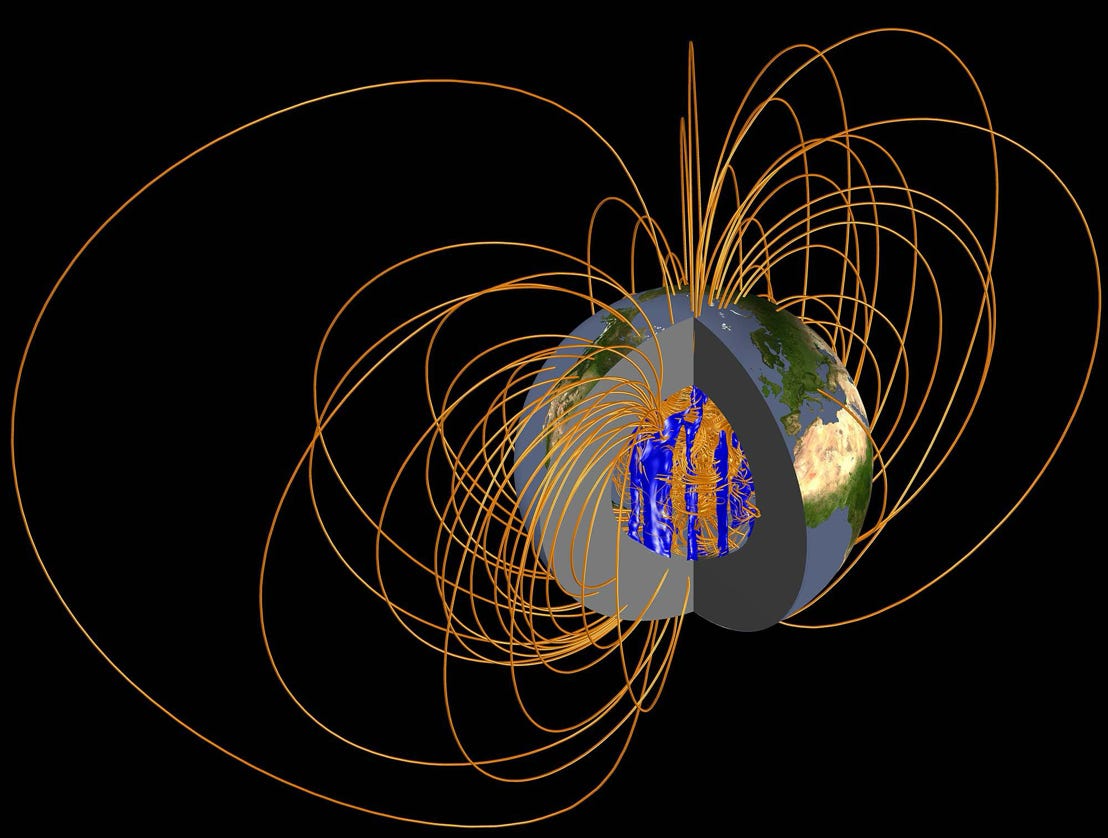23/11/2020
Congratulations to Dr. Tobias Schwaiger for a great PhD. defense, reflecting a great manuscript and work. Tobias has been supervised by Thomas Gastine and myself. He systematically studied the force balance in numerical dynamos throughout the accessible parameter space, and the links between the length scales of the solution and this force balance. Two papers have been published from this work:
Schwaiger, T., Gastine, T. and Aubert, J.: Relating force balances and flow length scales in geodynamo simulations, Geophys. J. Int., 2020, doi: 10.1093/gji/ggaa545.
Schwaiger, T., Gastine, T., Aubert, J.: Force balance in numerical geodynamo simulations: a systematic study, Geophys. J. Int 219 S1, S101-S114, 2019, doi: 10.1093/gji/ggz192.
Congrats Tobias!

